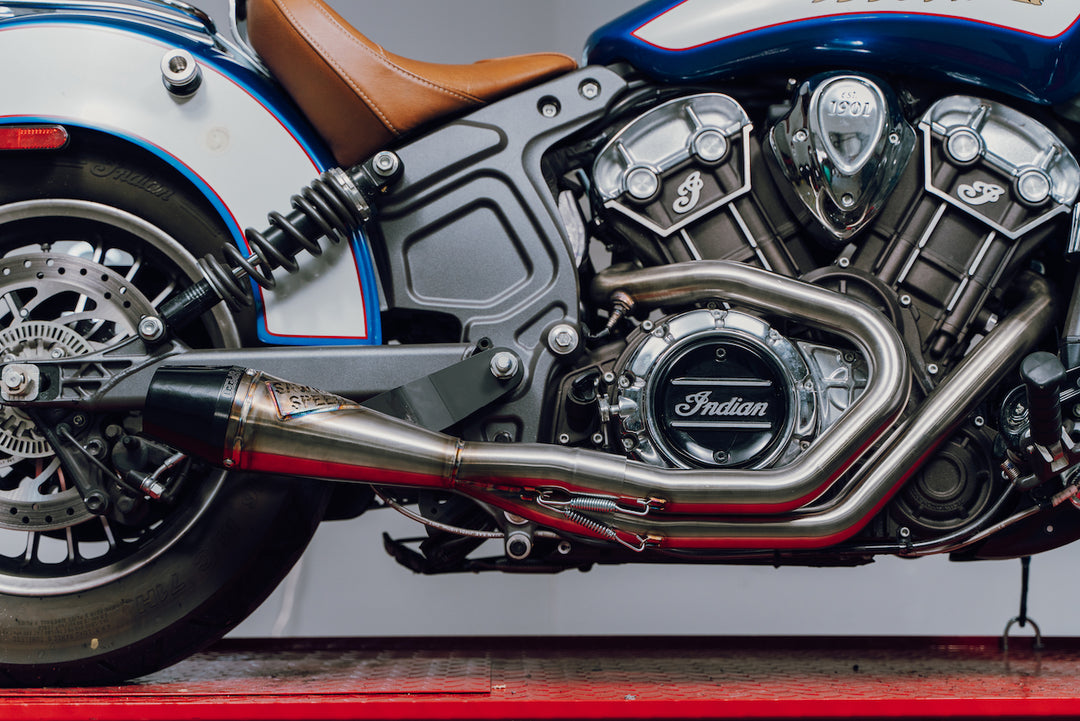
Sawicki Speed Harley Exhaust Gaskets
Sawicki Speed Exhaust Gaskets For Harley-Davidson are designed to provide a perfect fit and seal for performance exhaust systems. They are made with premium quality materials, leading to an unmatched combination of strength and durability. These gaskets provide superior heat dissipation, reducing engine temperature by up to 20%.
- Designed to fit all Harley-Davidson motors and Sawicki Speed Harley exhaust systems
- Part Number 930-01133
















